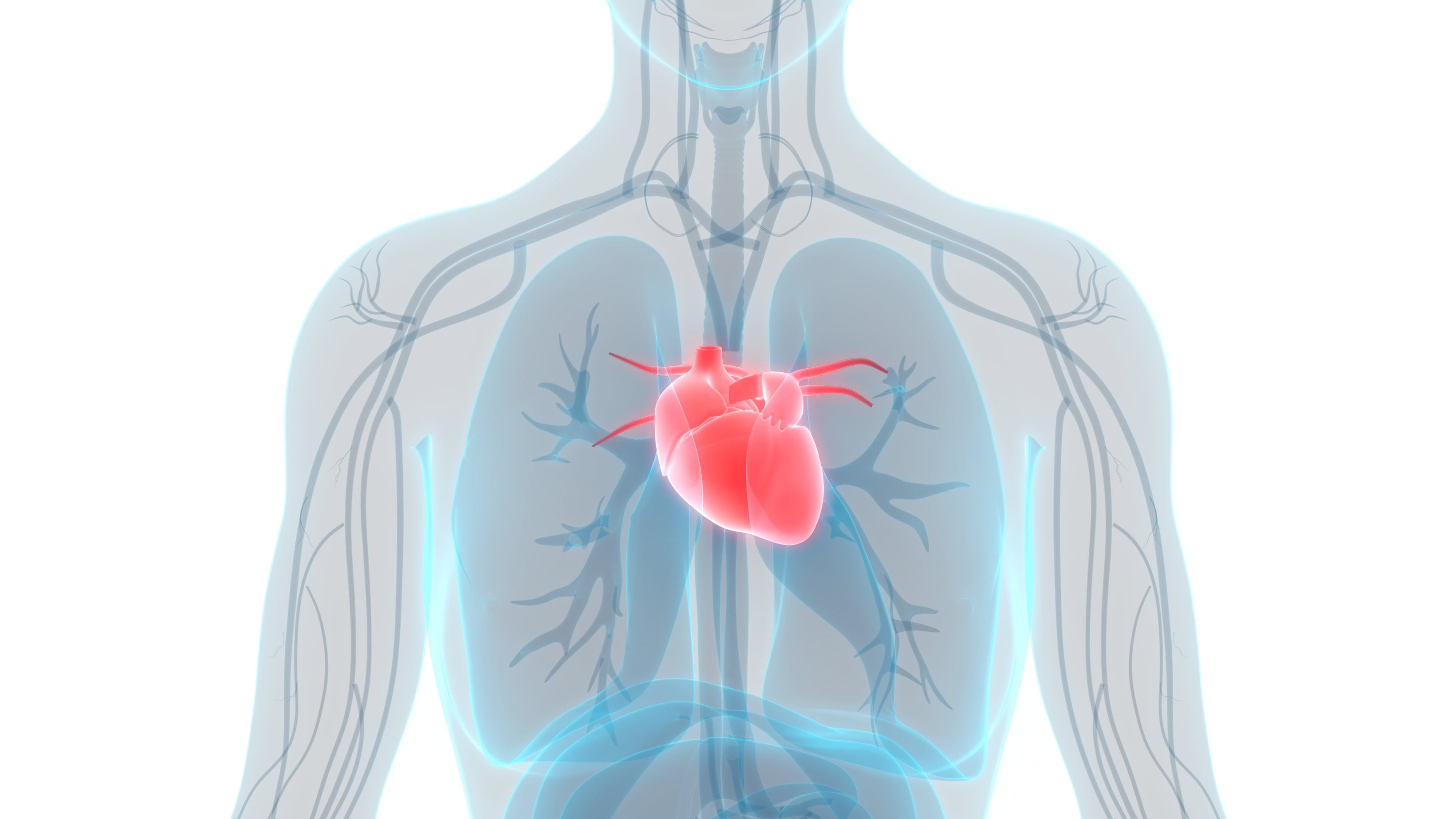teaser
Angioplasty is more effective than medical therapy for preventingcardiac events in patients with silent ischaemia following myocardialinfarction (MI), results of a randomised controlled trial suggest.
Silentischaemia is associated with an adverse prognosis after MI but optimaltreatment is unknown. A recent study, however, has suggested that drugsplus percutaneous coronary intervention (PCI) may offer short-termbenefits.
To investigate, Dr Paul Erne of KantonsspitalLuzern, Switzerland, and colleagues undertook a randomised controlledstudy, the Swiss Interventional Study on Silent Ischaemia Type II(SWISSI II). The participants included 201 patients with a recent MIand silent myocardial ischaemia verified by stress imaging.
Studyparticipants were randomly assigned to either receive PCI aimed at fullrevascularisation or intensive anti-ischaemic drug therapy usingbisoprolol, amlodipine, molsidomine, or combinations thereof. Medicaltherapy was uptitrated with the aim of eliminating silent ischaemiaduring exercise testing, the researchers say.
In addition,all patients received aspirin and a statin, and hypertension wasmanaged with angiotensin-converting enzyme inhibitors.

After10.2 years’ follow-up there had been 27 major adverse cardiac events(cardiac death, nonfatal MI and/or symptom-driven revascularisation) inthe PCI group versus 67 in the drug-therapy group.
This gavean adjusted hazard ratio of 0.33 (p<0.001) or an absolute eventreduction of 6.3% per year (p<0.001) in favour of PCI, the authorsreport.
Other significant benefits of PCI versus medicaltherapy included lower rates of ischaemia and preservationAA ofleft-ventricular ejection fraction throughout the study period.
“Wefound a persistent benefit of PCI compared with optimised drug therapywhich became apparent only after two years of observation, withsurvival curves continuously diverging up to the final follow-up after10 years,” the authors say.
“Our findings argue for an ischaemic-targeted approach to PCI among asymptomatic survivors of MI.”
JAMA 2007;297:1985-91
